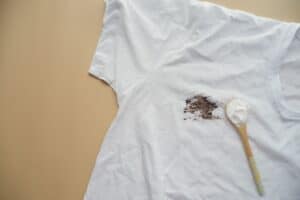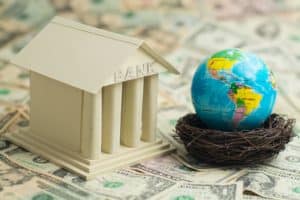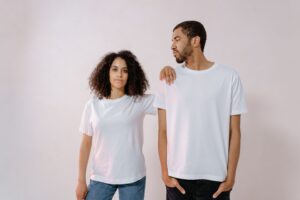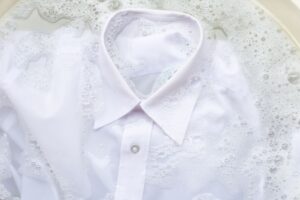A Close Look At Bamboo Sunglasses - Sustainable or Not?

This post was last updated in 2023
Sunglass frames can be made from a whole range of materials – plastic, metals, recycled plastics and even plant-based plastics. Add to the list, bamboo.
How are bamboo sunglasses made?
- The harvested bamboo is cut into sections
- A machine cuts the bamboo sections into the frame and arm shapes
- The pieces are sanded down and polished to get a smooth finish (there is no need for chemicals at this stage)
- Holes are drilled into the frames and arms for joining
- The pieces are joined with metal hinges
- Lenses are inserted into the frame
- The end product is polished and packaged
What are the benefits associated with bamboo products?
- Bamboo is stronger than steel – the tensile strength of steel is 23,000 PSI while the tensile strength of bamboo is 28,000 PSI
- Bamboo can be used to produce a variety of items like building materials, furniture, irrigation systems, weapons, boats and bridges. And many household items like forks, spoons, bowls, plates, cups, straws, toilet paper, clothing and sunglasses.
- Bamboo grows fast – it can take 3-8 years to produce bamboo that is suitable for most purposes, compared to 6-100 years to grow timber suitable for harvesting (intensively managed eucalyptus can be harvested in little as 6-8 years but most other hardwoods take longer to be harvested)
- Bamboo is renewable – only the top of the plant is harvested, allowing the plant to renew in less than 10 years
- Bamboo can grow in areas that are often difficult to plant in because of its deep root structure
- When done right, producing bamboo enriches the soil structure as the plant top is harvested, not the whole plant. As such roots remain undisturbed, allowing beneficial microorganisms to flourish, improving soil health as a result
- Bamboo produces more oxygen – when compared to trees that cover the same area of land, bamboo produces 35% more oxygen
- Bamboo sequesters a significant amount of carbon dioxide – it can absorb around 12 tonnes of CO2 per hectare per year. And this is why growing bamboo is considered a key solution for reducing carbon emissions, according to Project Drawdown.
- Producing bamboo has a lower carbon footprint when compared with an equivalent amount of wood, steel or plastic
- Producing bamboo takes less energy and other resources compared to wood, steel and plastic
- It is claimed that bamboo needs only natural rainfall to grow.
- The waste products in bamboo production are biodegradable by microorganisms and sunlight and not harmful if released back into the environment
- At the end of their life, products made from bamboo are biodegradable and compostable
What are the negative impacts of bamboo?
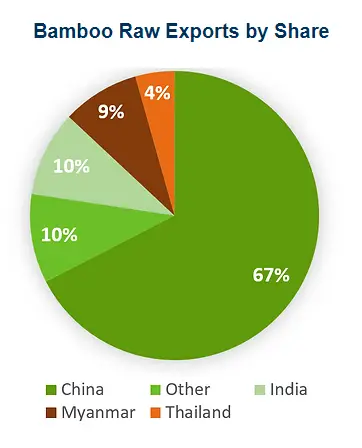
- Bamboo is grown in intensive monoculture plantations across many parts of southwest China.
- One species dominates the market – the Moso bamboo. Moso bamboo currently accounts for more than 80% of China’s bamboo area.
- Native forest lands are being cleared in China to set up bamboo plantations. About 23% and 30% of the forests in China shifted to bamboo plantations during the two periods of observation [1984-1995 to 1995-1999]
- Bamboo plantations have simplified the structure of the forest and decreased the species richness and biological diversity of tree, shrub, and herb layers. For example: “In Hunan, 15 species of birds were observed compared to 35 species in nearby mixed forests. In Sichuan, 12 species were observed compared to 34 species in nearby mixed forests”.
- Bamboo plantations have decreased soil microbial activity, biodiversity and the soil’s ability to retain water.
- There is a reduced capacity to provide important ecosystem services including erosion control and nutrient cycling.
- There is reduced resilience to external threats including pests, disease and extreme weather events. This is why pesticides are often used in bamboo production.
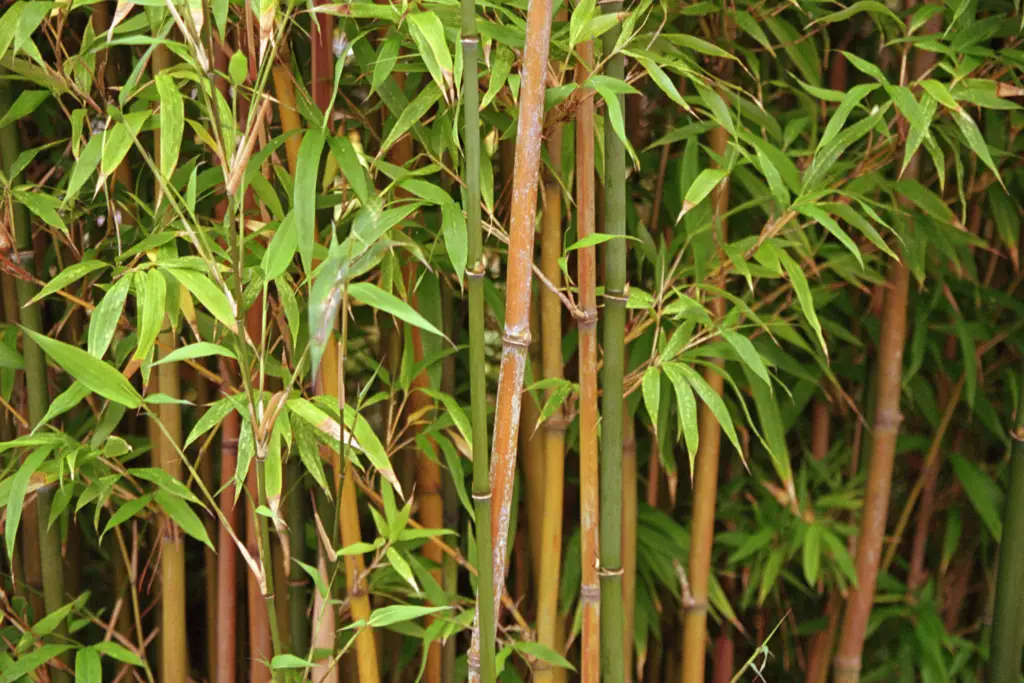
- Bamboo yields can decrease in the long run – it’s only in the short term that you can expect high yields from bamboo plantations
- Bamboo requires high levels of water – while it seems they can survive on natural rainfall alone, this is only true if the levels of rainfall levels are naturally high. They note: “Monopodial bamboos prefer sites with a warm, moist climate and annual precipitation over 1,200 mm”. That’s a lot of water if you are not growing in climates with high levels of rainfall.
- Bamboo requires some level of fertilisation to grow. “It is estimated that, on average, farmers annually apply 200kg (440 pounds) of fertilizer (mainly nitrogen) per hectare to bamboo plantations.”
Are bamboo sunglasses sustainable?
- low energy consumption
- low carbon footprint
- low impact at the end of its life (since it is biodegradable and compostable)
| Output | Embedded Energy | Carbon Dioxide Emissions |
|---|---|---|
| Materials | 9.10 kJ/straw | 0.55 g CO2/straw |
| Transportation | 745.23 kJ/straw | 38.27 g CO2/straw |
| Disposal | 0.07 kJ/straw | 0.05 g CO2/straw |
| Total | 754.41 kJ/straw | 38.87 g CO2/straw |
| Output | Embedded Energy | Carbon Dioxide Emissions |
|---|---|---|
| Materials | 3.61 kJ/straw | 0.53 g CO2/straw |
| Transportation | 11.43 kJ/straw | 0.85 g CO2/straw |
| Disposal | 0.01 kJ/straw | 0.01 g CO2/straw |
| Total | 15.05 kJ/straw | 1.38 g CO2/straw |
| Output | Embedded Energy | Carbon Dioxide Emissions |
|---|---|---|
| Materials | 20.17 kJ/straw | 1.10 g CO2/straw |
| Transportation | 6.99 kJ/straw | 0.34 g CO2/straw |
| Disposal | 0.02 kJ/straw | 0.01 g CO2/straw |
| Total | 27.18 kJ/straw | 1.45 g CO2/straw |
| Output | Embedded Energy | Carbon Dioxide Emissions |
|---|---|---|
| Materials | 820.00 kJ/straw | 140.91 g CO2/straw |
| Transportation | 1598.92 kJ/straw | 76.24 g CO2/straw |
| Disposal | 0.02 kJ/straw | 0.02 g CO2/straw |
| Total | 2418.94 kJ/straw | 217.16 g CO2/straw |
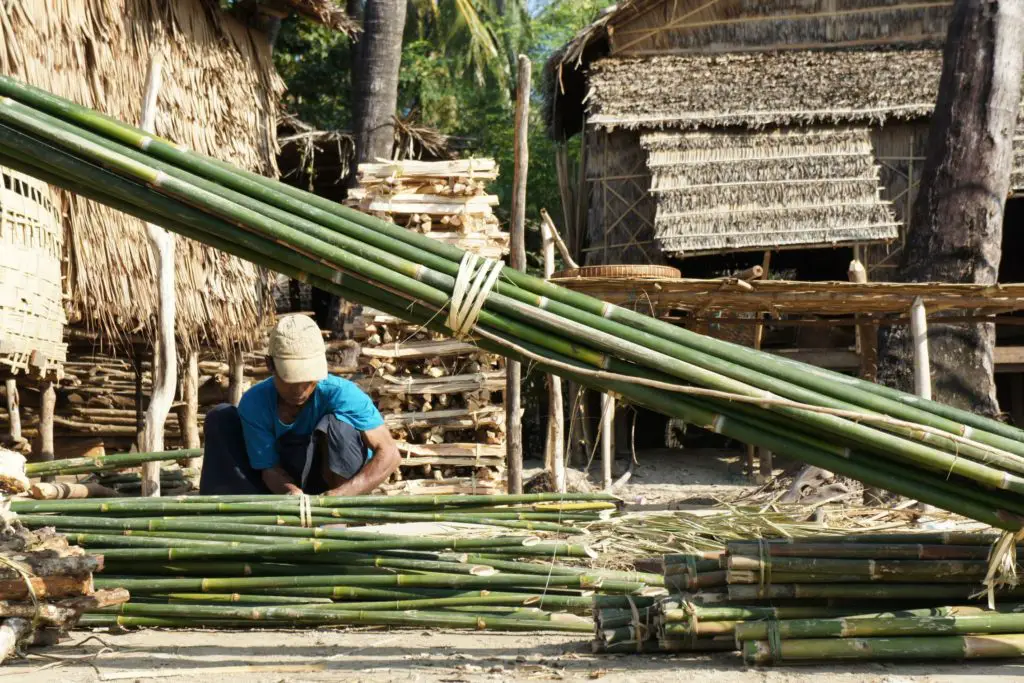
What should you look out for when buying bamboo sunglasses?
After more information? You may be interested in....
Don’t Throw Them Away – Practical Uses for Your Old Glasses – if you have old eyewear, don’t trash it! Explore this guide, which covers options to repair, reuse and recycle glasses.
Sustainable Sunglasses – Know What to Look Out For – learn about the different options available to make your sunglass purchase a sustainable one.
9 Sustainable Sunglass Brands Worth Checking Out – for a list of Australian brands making sunglasses from sustainable materials and a summary of the pros and cons of each.
Sustainable Choices for Your Eyewear – Your Options Covered – for information on reusing old frames and lenses and where to get glasses second-hand.
Replacing New Lenses in Your Old Frames – Is it Worth it? – for further information about getting new lenses into your existing frames, in particular, how much this will cost
7 Sustainable Eyewear Brands Worth Checking Out – for a list of Australian brands making prescription glasses from sustainable materials.
Plant-Based Sunglasses – What Are They Made From Really? – read this if you want to know what “plant-based” sunglasses really mean and what makes them a sustainable option.
Recycled Metal Sunglasses – From Waste to Wearable – discover the unusual source materials used in recycled metal sunglasses and the studies that show they are a sustainable option.

